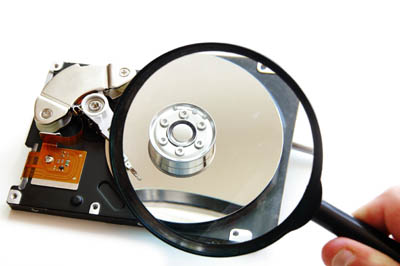The final stage of RAID (and indeed any type of data recovery) is one of the most time consuming (and consequently expensive) tasks. It is the verification that the RAID data recovery has been completed and the files have been recovered intact.
This may seem obvious but it is important to understand that just because a list of files has been presented to the client this in no way implies that the files themselves have been recovered intact and uncorrupted.
The list of files is analogous to the index of a book, it tells you you where to find the information (the files) but until you have actually turned to the appropriate pages and read the content (analogous to previewing the files themselves) you have no way of knowing if the file can be recovered intact.
Even for a relatively small recovery the number of files recovered is vast and so it is a time consuming task to sample the files and confirm that they open.
Any reliable data recovery service should offer to you a selection of screen-shots of your recovered files and also allow you to specify any other files that you would like to see demonstrated.
It is work that many data recovery companies are keen to avoid but it is too risky a corner to cut. We have even heard of some companies that tell their clients that they cannot view the customer’s data because of the Data Protection Act, a wonderfully inventive excuse to avoid hours of work but not much compensation to the client when they get their data returned to them only to find that half of the files do not open.
At an absolute minimum it is reasonable to expect preview screen shots showing documents and a selection of contact sheets for photographs.
If they won’t allow you to see screenshots of your choice without a good reason you have to wonder what this particular data recovery service has to hide.






More Stories
How Marketers Use Mobile Advertising
Popcorn Time Is Still Going Strong